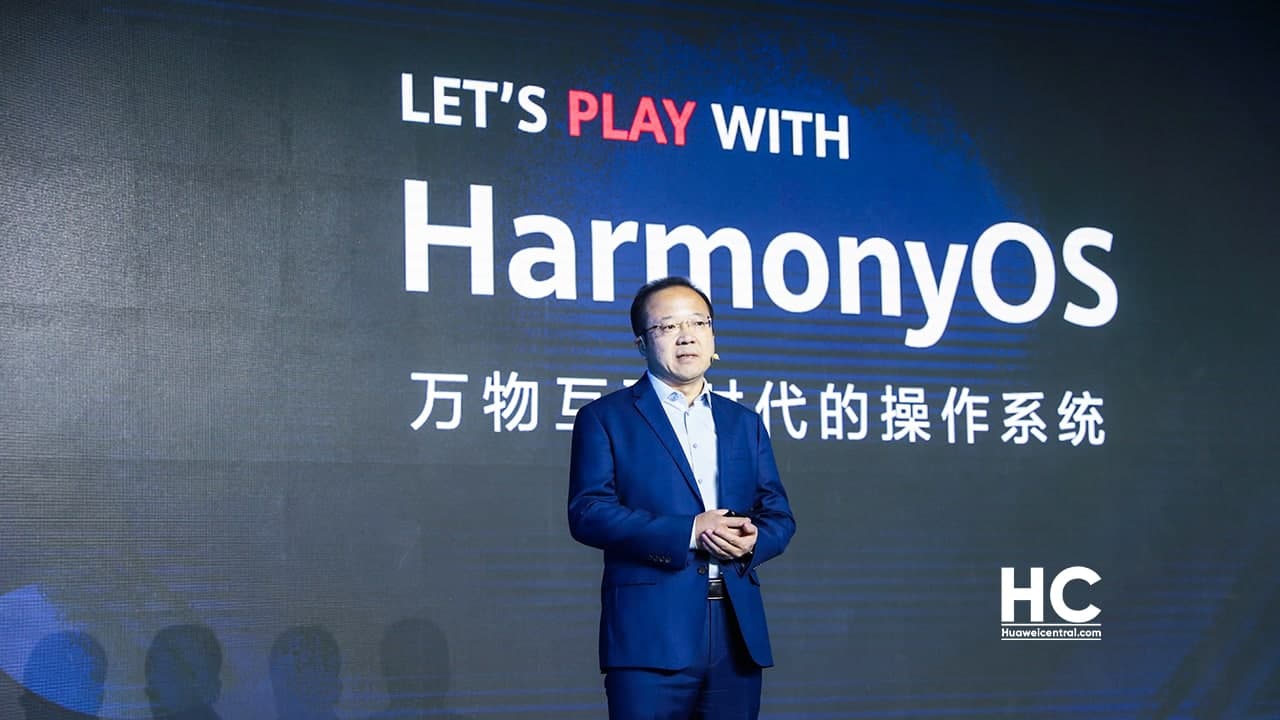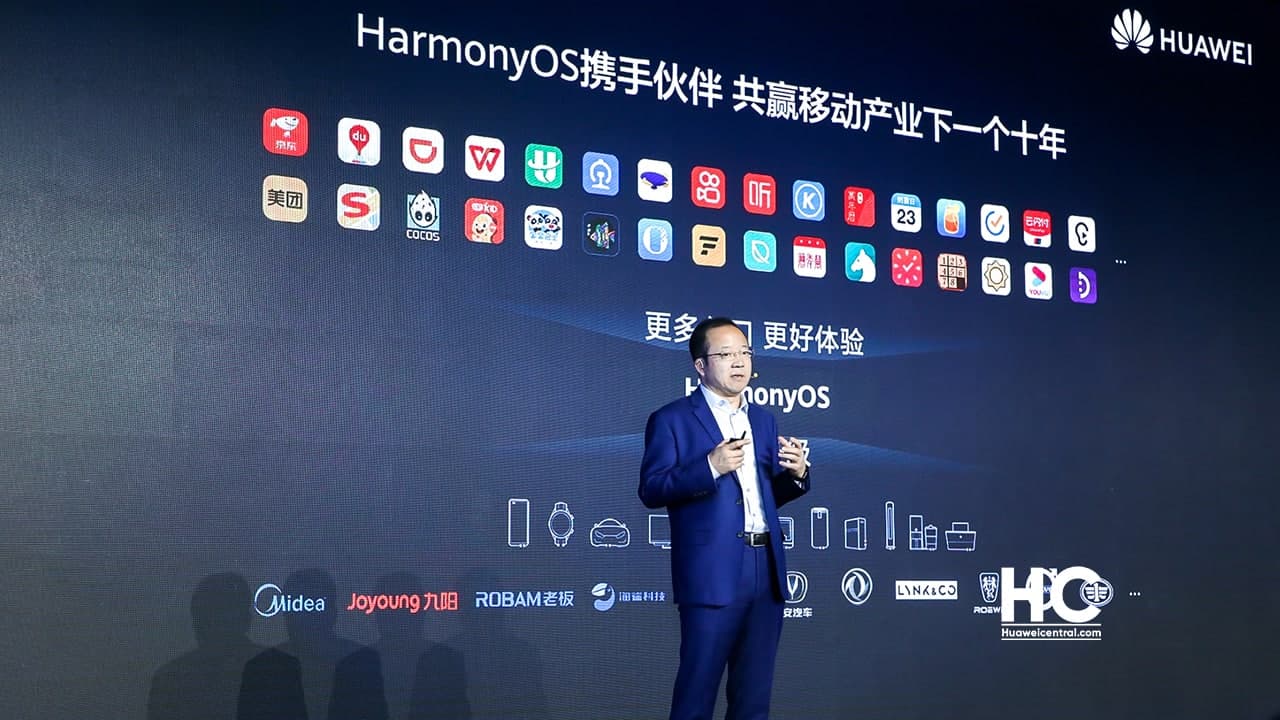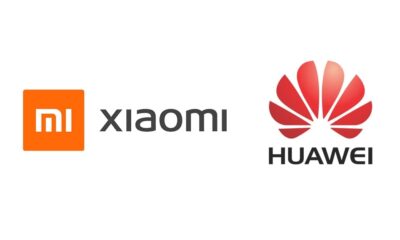HarmonyOS
Hongmeng OS is not a copy of Android or iOS, aims to ship 300 to 400 million devices in 2021: Huawei Software Chief
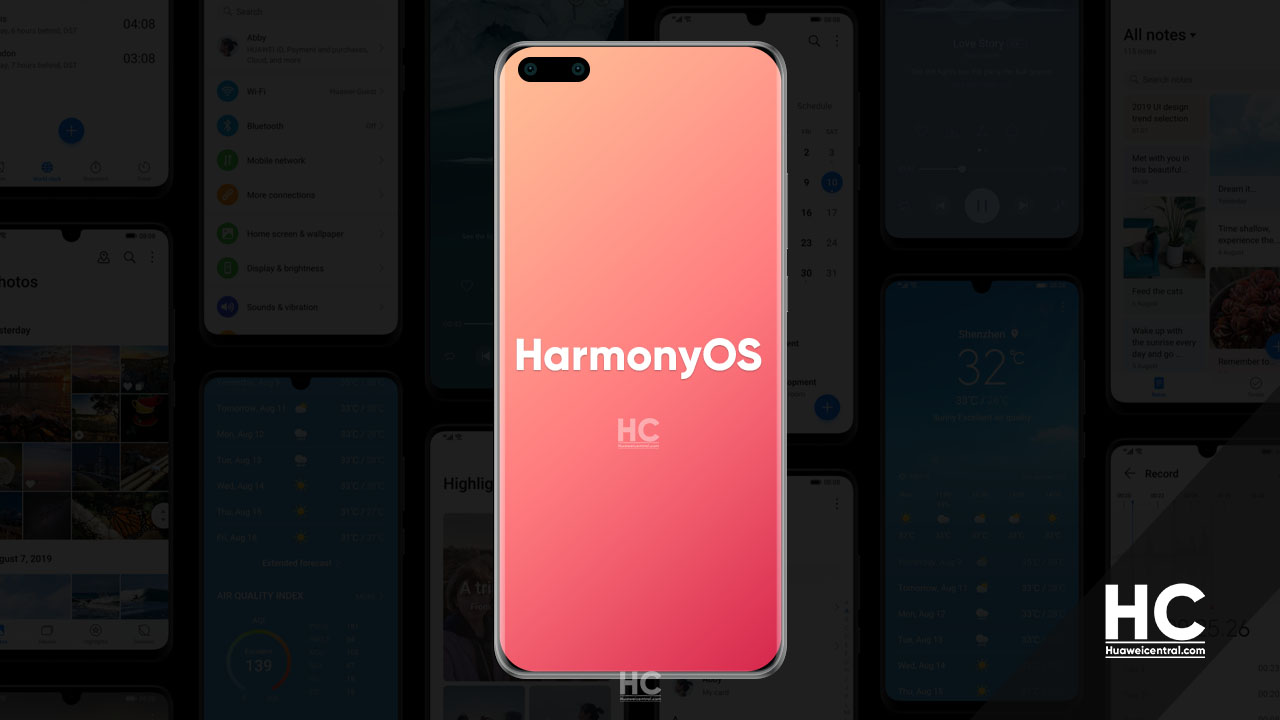
On January 12, at 2021 Science and Technology Billboard, cosponsored by Sina Technology, Huawei software chief said to have to say some important things to critics and the peoples who say HarmonyOS AKA Hongmeng OS is not different than Android and iOS.
Wang Chenglu, Software Chief at Huawei Consumer Business Software Department said the emergence of Hongmeng OS is not an alternative option to respond to US sanctions. Also, Hongmeng OS is not a copy of Android, nor it’s a copy of iOS that is solely designed for smartphones. It’s truly a panoramic operating system for the future of the internet of things or you can call it the internet of everything era.
Wang revealed that global smartphone shipments continue to decline since 2018, and it dropped about 3% in 2019. Due to teh pandemic, the shipment declined with a big margin in 2020, even it’s not confirmed when the market will recover.
Since 2018, the screen time of smartphone owners stabilized at 4 to 5 hours (normal). All this information indicates that the development of the entire smartphone-based mobile internet industry has reached a very important transitional period.
Initially launched at Huawei Developer Conference 2019, HarmonyOS is Huawei’s self-developed operating system that aims to provide a seamless experience across all Huawei devices.
He also mentioned that the ecosystem of smartphones is very prosperous, and there are very few apps on smartwatches, TVs, and cars. The core is that the system on each hardware device is completely fragmented. There are as many as 20 or 30 that we are familiar with. This makes it very troublesome for developers to build an application based on other hardware platforms. Teh workload of adapting to the platform is very large.
Why HarmonyOS was built?
The main aim of HarmonyOS is to use a system to solve all IoT hardware equipment problems.
“The outside world may speculation whether Huawei developed the Hongmeng system because of US sanctions but I want to tell you that it’s not the case.”
Wang said that the actual project development of Hongmeng OS was established in May 2016, when Huawei was thinking about smartphones. After the industry reaches its peak, what should the industry do in the future? With such a big range of devices as Huawei, it is impossible to put all the ecosystem foundations in other people’s systems. These two issues prompted the birth of the Hongmeng OS.
Cross platform, Easy to develop:
Huawei aims to achieve the use of one system to meet the system requirement of all large and small hardware. For consumers, when using a variety of hardware, it can be as simple as using a smartphone. For developers, once developed, the HarmonyOS app can be used on multiple devices without recompiling it for different platforms.
HarmonyOS Aim for 2021:
Huawei revealed that the goal is to install HarmonyOS on 200 million devices, maybe more in 2021. More importantly, Hongmeng OS will also be opened for third-party equipment makers that will launch upto 100 million devices with HarmonyOS. Adding all together, the HarmonyOS hardware product base could reach upto 300 to 400 million units in 2021.
HarmonyOS:
At HDC 2020, Huawei unveiled the 2.0 version of HarmonyOS. With this version, the company added more platform support including smartphones, smartwatches tablets, and more.
Later in December 2020, the Chinese tech giant released the first mobile developer Beta of HarmonyOS. Its first hand-on video shows that the user interface of the software is the same as Android-based EMUI. However, the internal architecture of the HarmonyOS is now changed to provide faster processing. The company later confirmed that it’ll also change the UI of HarmonyOS once it completes the testing phase.
(Source – Sina Tech)
Also, check:
https://www.huaweicentral.com/huawei-harmonyos-2-1/
HarmonyOS
TAILG launched new scooter with HarmonyOS
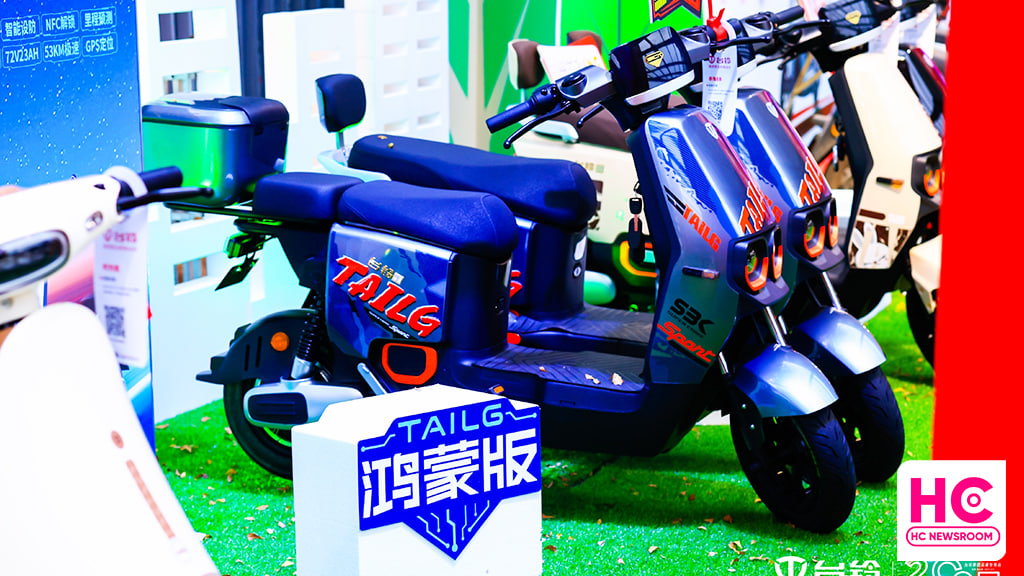
TAILG has launched a brand new electric scooter, which is powered by the HarmonyOS operating system and an all-around stylish look to provide a better experience for consumers.
It has a custom-made avant-garde handlebar, as well as an exclusive smart touch screen, which can display various driving data of the vehicle in real-time. It also equips with a variety of smart unlocking features, including one-key ignition.
The latest TAILG brings HarmonyOS features such as APP control, NFC unlocking, mileage prediction, smart fortification, and vehicle inspection. The TAILG HarmonyOS electric scooter packs a 72V23AH graphene battery, a 1000W cloud-powered motor, and a GPS positioning system.
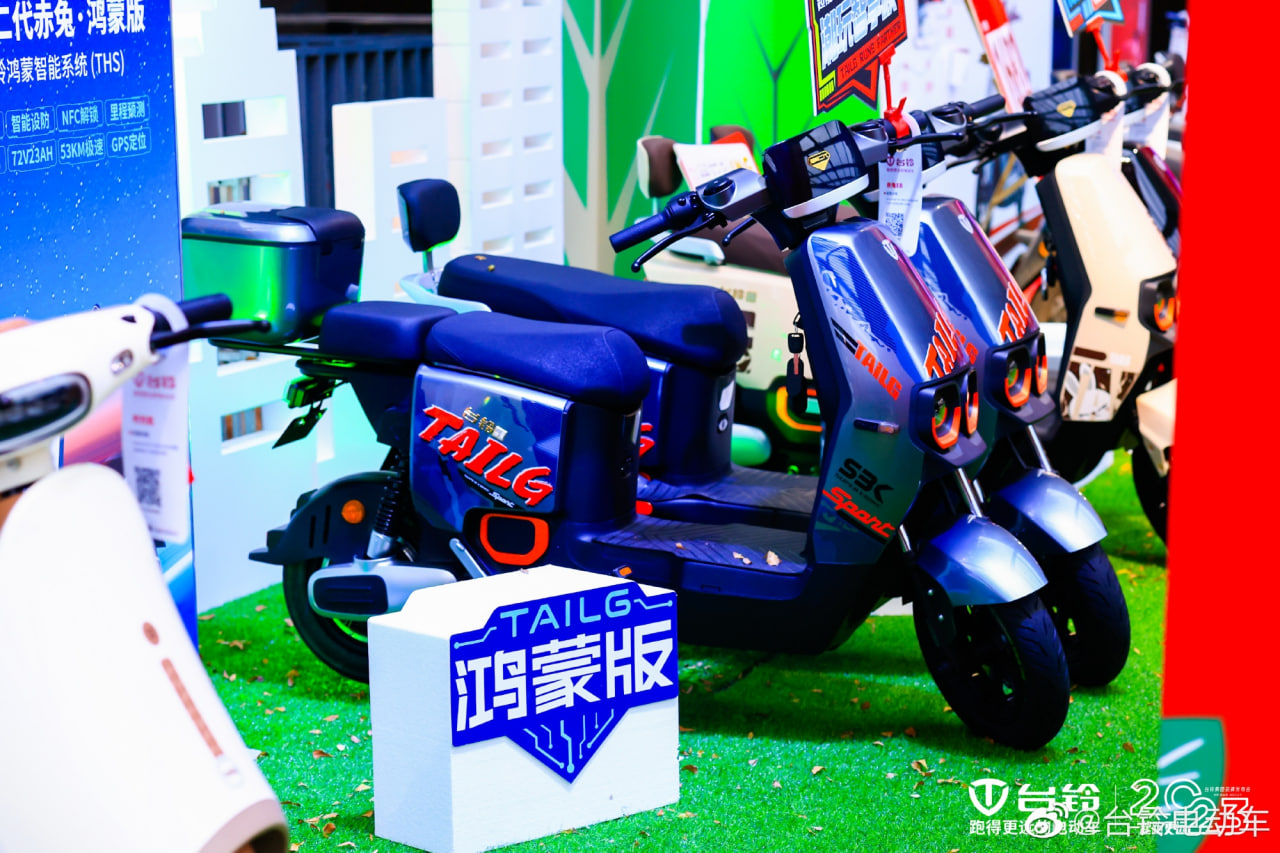
Looking at the price segment, the TAILG HarmonyOS scooter starts at 3899 yuan, and the high-end version is priced at 4588 yuan. This new electric scooter will be sold in offline stores across China.
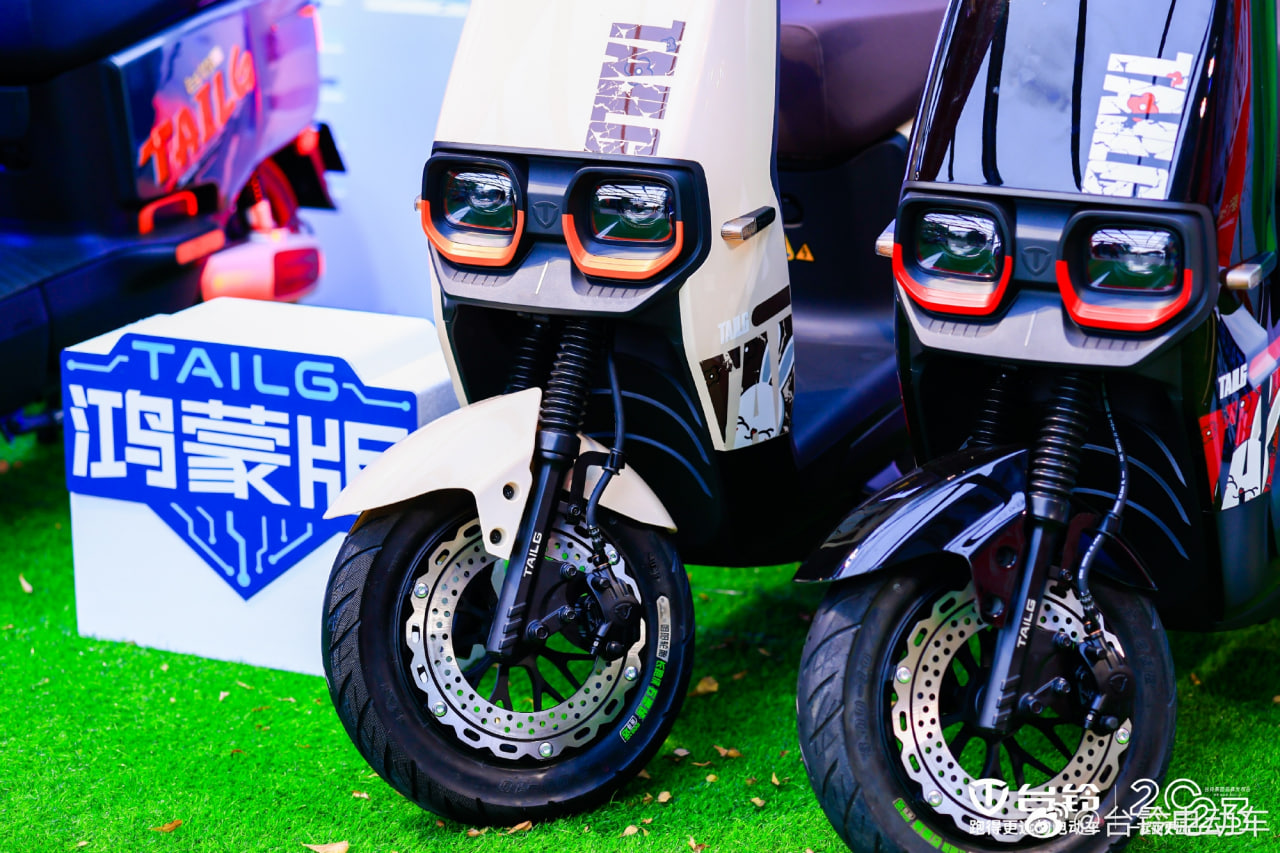
Last year in August, TAILG and Huawei announced cooperation to upgrade electric vehicles, the two companies will establish a joint innovation laboratory to conduct research on IoT and other technologies. This will also allow both firms to achieve technological advantages.
Established in 2004, TAILG is an enterprise specializing in R&D, manufacturing, sale, and service of new energy electric vehicles, Its products cover electric bikes, electric scooters, electric special bikes, electric tricycles, and other vehicles. It has an annual production capacity of 12 million vehicles and more than 30,000 stores exclusively in China.
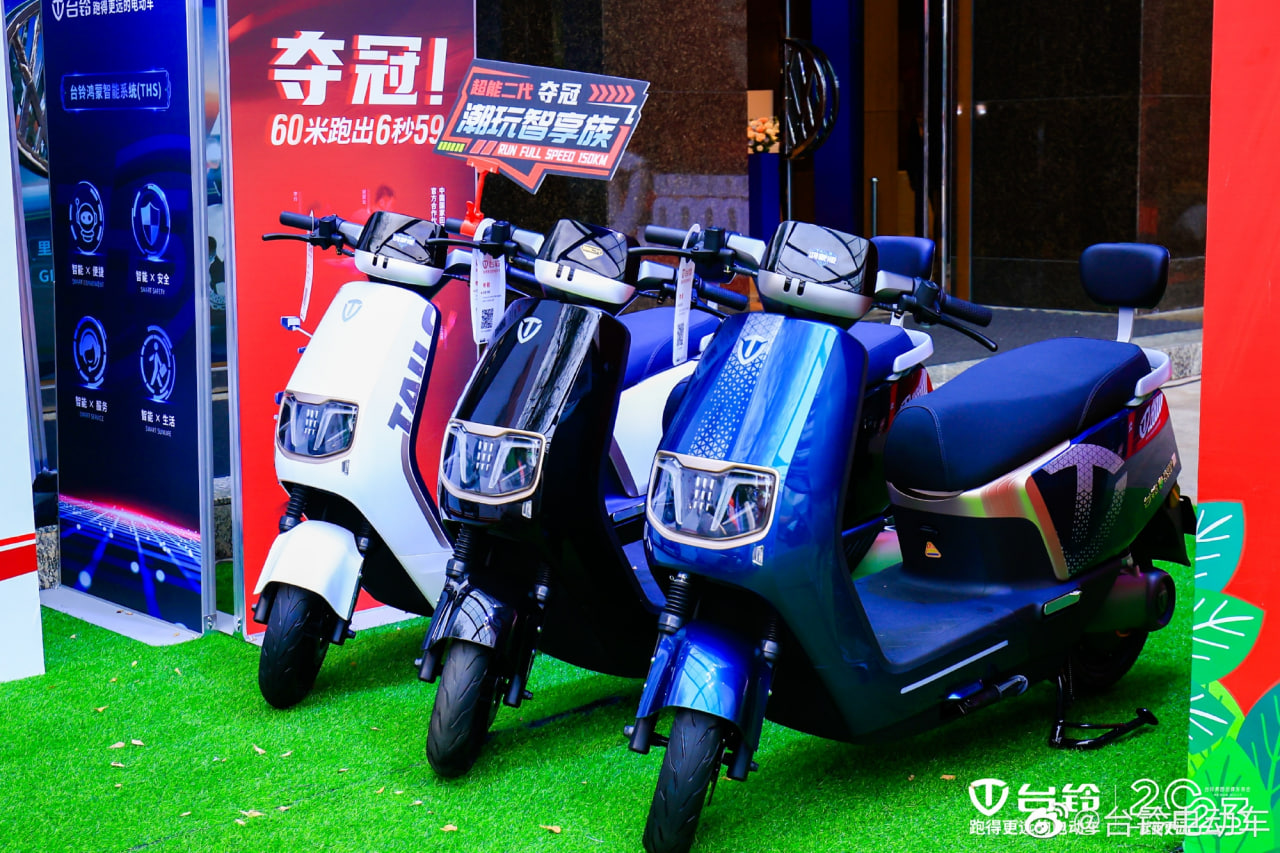
(via – Sina Tech)
HarmonyOS
HarmonyOS 3.1 Developer beta open for smartphone users
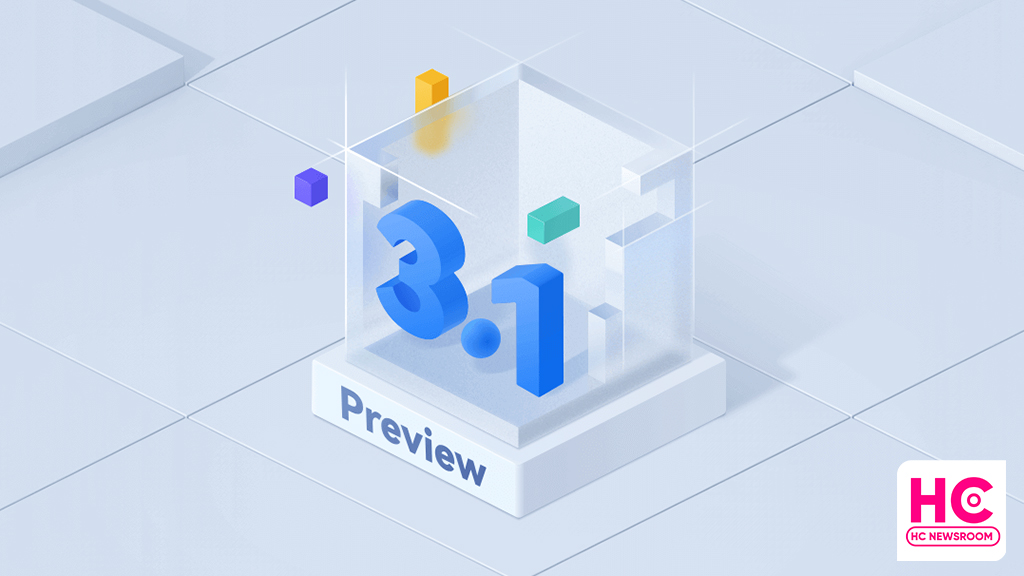
Today, HarmonyOS 3.1 developer preview testing is opened for smartphone users, this recruitment will enable developers to participate in the open beta activity with developer-only features directly into a real device.
According to the information, HarmonyOS 3.1 developer beta is currently being announced for the first phase of devices including Huawei P50 and P50 Pro. However, Huawei has confirmed to add more devices to the test pool later on. Also, a more friendly and subtle beta test is likely to begin in March.
To be mentioned, HarmonyOS 3.1 developer open beta recruitment is applicable until February 13, 2023. Afterward, Huawei will review the test applications. Selected testers will receive an email or SMS to download HarmonyOS 3.1 developer beta OTA rollout.
Also, this beta activity is available only for the Chinese models and only real authenticated accounts will pass the developer beta signup.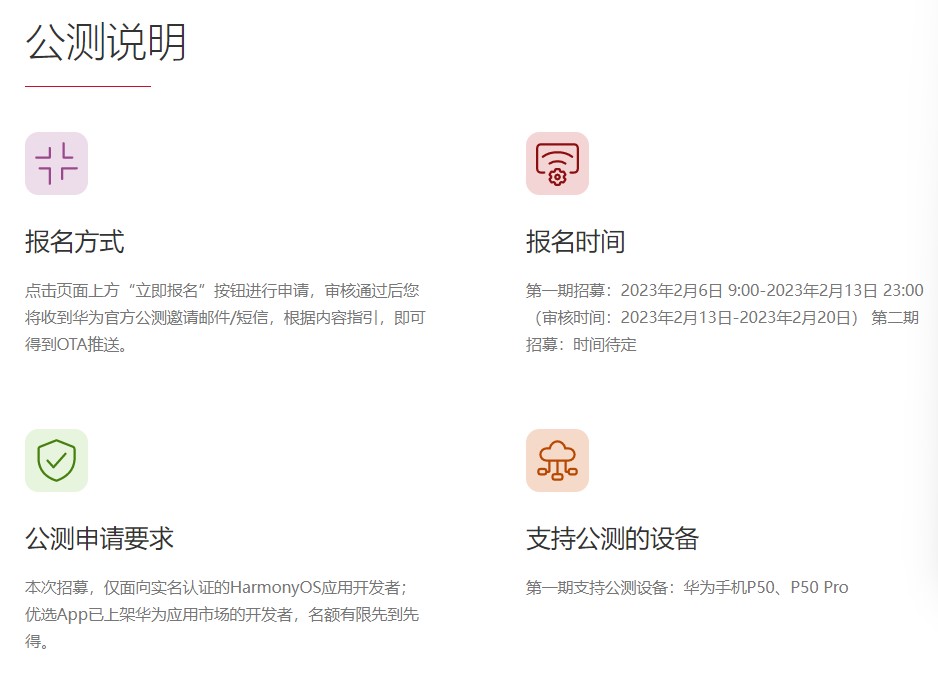
HarmonyOS 3.1 comes constructively adds a new ArkTS language, and with the latest public test, you will experience the improvements and efficiency of the app powered by ArkTS language, STage model, ArkUI, and more.
Below you can check the HarmonyOS 3.1 developer preview features:
- The ability framework adds a stage development model, including stage model life cycle management, scheduling, callback, context acquisition, authentication, and more. At the same time, the operation and management capabilities of the application are enhanced.
- The ArkUI development framework enhances the declarative Canvas/XComponent component capabilities, enhances component layout capabilities and state management capabilities, and optimizes the usability of some components.
- Application package management adds an interface for querying properties related to applications, ability, and ExtensionAbility.
- The common basic class library supports Buffer binary reading and writing.
- Web services add support for document preview and basic editing functions of document-type web applications, as well as cookie management and storage management.
- Added support for YUV, webp image codec, and other capabilities for graphics and images. Added native vsync capabilities, and supports self-drawing engines to independently control the rendering rhythm.
- Added camera configuration and preview functions in Media Services.
- The window service adds window-related interfaces under the Stage model, which enhances the window rotation capability and enhances the avoidance area query capability.
- The globalization service has newly added support for internationalization enhancement capabilities such as time zone lists, transliteration, and phone number attribution.
- The basic capabilities of common events are enhanced, and the commonEvent module is changed to commonEventManager.
- The resource management service adds a synchronization interface for resource acquisition, a new interface for querying resource values based on names, a new interface for querying number and float resource types, and a new way for Stage model resource query.
- Input method service adds input method cursor direction constant.

Android
First Android 14 Developer Beta announced, launch around HarmonyOS 4

Android 14 is the next software version for the Android ecosystem. On February 8, Google stepped ahead to begin the development of this major upgrade with the first developer beta.
Google has released the roadmap for the development, beta testing, platform stability, and the final release of Android 14, which reveals meet the launch of Huawei HarmonyOS 4 later in the second half of 2023.
The first developer preview is already out for the Pixel devices. However, Google could open early access to other smartphone makers such as OnePlus by April when the open beta campaign kicks off.
As mentioned by the Android company, Android 14 is projected to reach platform stability by the end of July. But there’s still a possibility of these milestone timelines to delay, similar to last year.

For your information, the Android 14 developer preview will be a very useful and early gift to the developer community. It will pave a way for the app devs to know more about the upcoming APIs and app features ahead of the final launch.
Looking into the developer preview features, Android 14 promises to improve productivity, enhances performance, improvements to security, and privacy, and bring new customizations.
Yes, there are new tweaks and changes made over Android 12, while there are more that will be visible as the development progress further. Throughout this phase, these developers (and later users) will help to fix bugs and make improvements to the Android 14 source code.
HarmonyOS 4:
Aside from the Android 14 developer beta, Huawei is preparing for the HarmonyOS 3.1 rollout but the company is working on HarmonyOS 4 as a major release for the next generation of Huawei devices. For now, there’s no official launch date available but we are likely to hear more on this at the Huawei Developer Conference (HDC) 2023 event.
HarmonyOS 4 promises big upgrades over HarmonyOS 3 and a major restructure in the user interface (UI). Nonetheless, we’ll keep you posted.

(source – Android)

